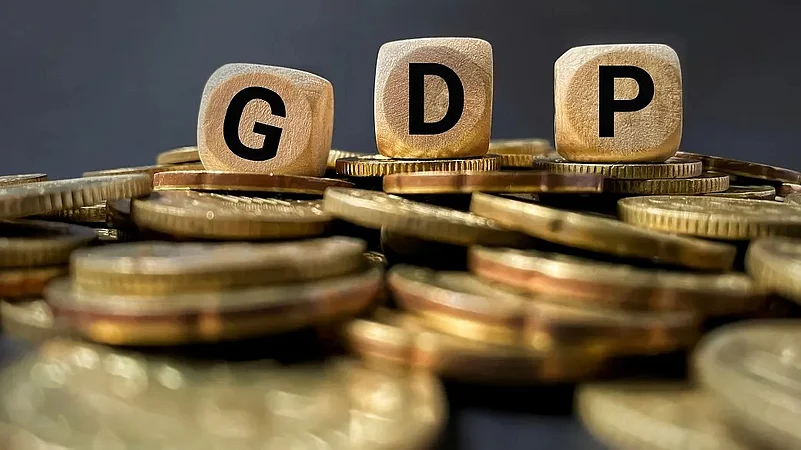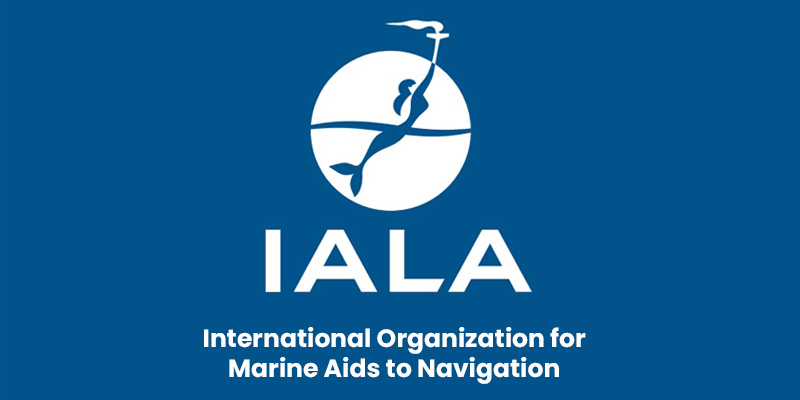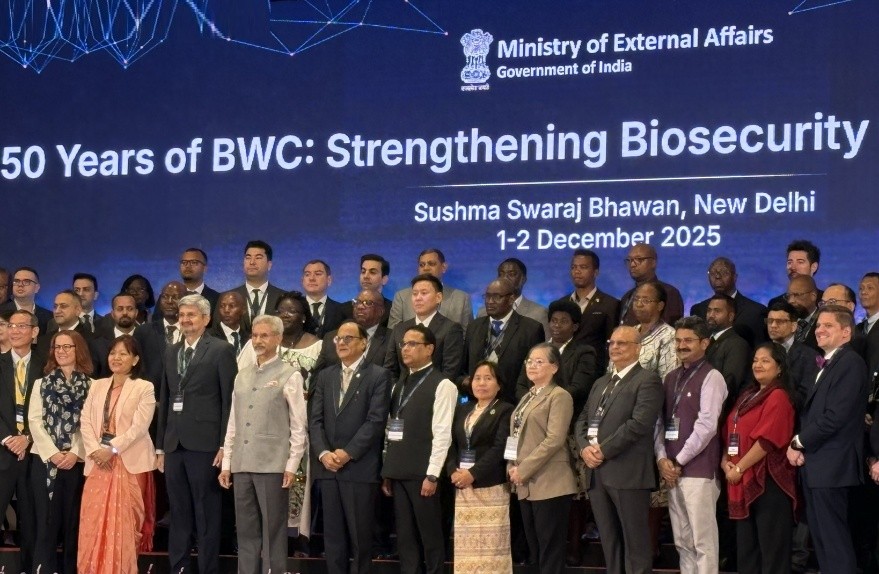Font size:
Print
PM E-DRIVE
Context:
The Union Cabinet approved a new Scheme called the PM Electric Drive Revolution in Innovative Vehicle Enhancement (PM E-DRIVE) to promote electric vehicles (EVs) in India, replacing a previous flagship scheme.

About the Initiative
- The Ministry of Heavy Industries (MHI) will oversee the implementation of the scheme, with a total budget of ₹10,900 crore allocated over two years.
- It will replace the Faster Adoption and Manufacturing of Electric Vehicles in India Phase II (FAME India Phase II) to promote electric vehicle (EV) adoption.
- The new initiative offers subsidies and demand incentives worth ₹3,679 crore to encourage the use of electric two-wheelers, three-wheelers, e-ambulances, e-trucks, and other emerging EVs.
- It aims to support the purchase of 24.79 lakh electric two-wheelers, 3.16 lakh electric three-wheelers, and 14,028 e-buses.
- For e-ambulances, ₹500 crore has been allocated, while ₹4,391 crore has been set aside for the procurement of 14,028 e-buses by state transport units and public transport agencies.
- The implementation will involve demand aggregation by Convenience Energy Services Limited (CESL) in nine cities with populations exceeding 40 lakh—Delhi, Mumbai, Kolkata, Chennai, Ahmedabad, Surat, Bengaluru, Pune, and Hyderabad.
- Additionally, support for intercity and interstate e-buses will be provided in collaboration with state governments.
- To access benefits under the scheme, EV buyers will receive e-vouchers.
- These Aadhaar-authenticated e-vouchers will be generated on the scheme portal at the time of purchase, signed by the buyer, and submitted to the dealer.
- After being signed by both the dealer and the buyer, the e-voucher will be uploaded to the PM E-DRIVE portal, and a copy will be sent via SMS to both parties.
- This e-voucher will be required for the original equipment manufacturer (OEM) to claim the demand incentives.


